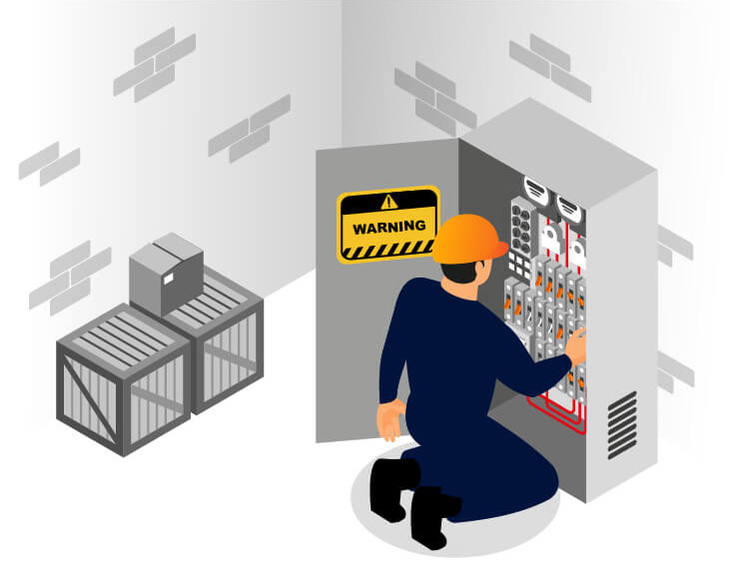How to Update Your Arc Flash Study: When and Why It’s Necessary
Arc flash studies are essential safety precautions in electrical installations in a given facility. It assists in defining risks that may be involved and guarantees that employees wear appropriate protective clothing in case of an accident. However, over time, such studies may become affected by alterations in electrical systems.
To have the highest levels of safety and compliance, it is necessary to update the arc flash analysis often. Failing to do so can lead to ill informed hazard assessments that place workers at risk and cause the company to incur fines for regulatory negligence.
In this article, you will learn when and why you will need to update your arc flash study.
Why Do We Need to Update an Arc Flash Study?
The key goal of the arc flash examination is to understand the potential of an arc flash occurrence and the correct protective measures and personal protection gear. Nonetheless, an electrical system is not static, but dynamic; it may go through an upgrade, modification, or changes in the level of load being fed by the system. These changes may have an impact on your study and they may change the values of the arc flash study, therefore it is necessary to update your study all the time.
When Should You Update Your Arc Flash Study?
It’s imperative to understand when it is the right time to update the arc flash study to enhance the safety of electrical systems and to protect employees. Here are some key times when you should consider an update:
1. After Major Equipment Changes
In case you have incorporated massive changes in your electrical system, including transformers, switchgears, or even generators, it will be appropriate to revise your arc flash study. Introduction of new equipment can change electrical current flows and contribute to higher risks of arc flash events.
2. Subsequent Alterations in Load or Usage
The load itself or how electricity is utilized within your facility could change the arc flash risk. The load factor indeed refers to the extent to which the load varies in a system and it affects the fault currents and the incident energy—which are very important when doing an arc flash study.
3. Regular Time Intervals
It is recommended to conduct a new arc flash study every five years, even if no changes were made. This practice keeps your study current with respect to the safety regulations and the state of the system as it is today.
4. After Safety Standard Updates
Your arc flash study should always be updated whenever there are changes in safety standards such as the IEEE 1584 and the National Fire Protection Association (NFPA) 70E. It is always advisable to adhere to these standards so as to maintain the highest standards of workplace safety.
Conclusion
Your arc flash study requires regular updates to meet safety standards in the work environment. This will go a long way in preventing or reducing arc flash and in protecting your workers effectively.







